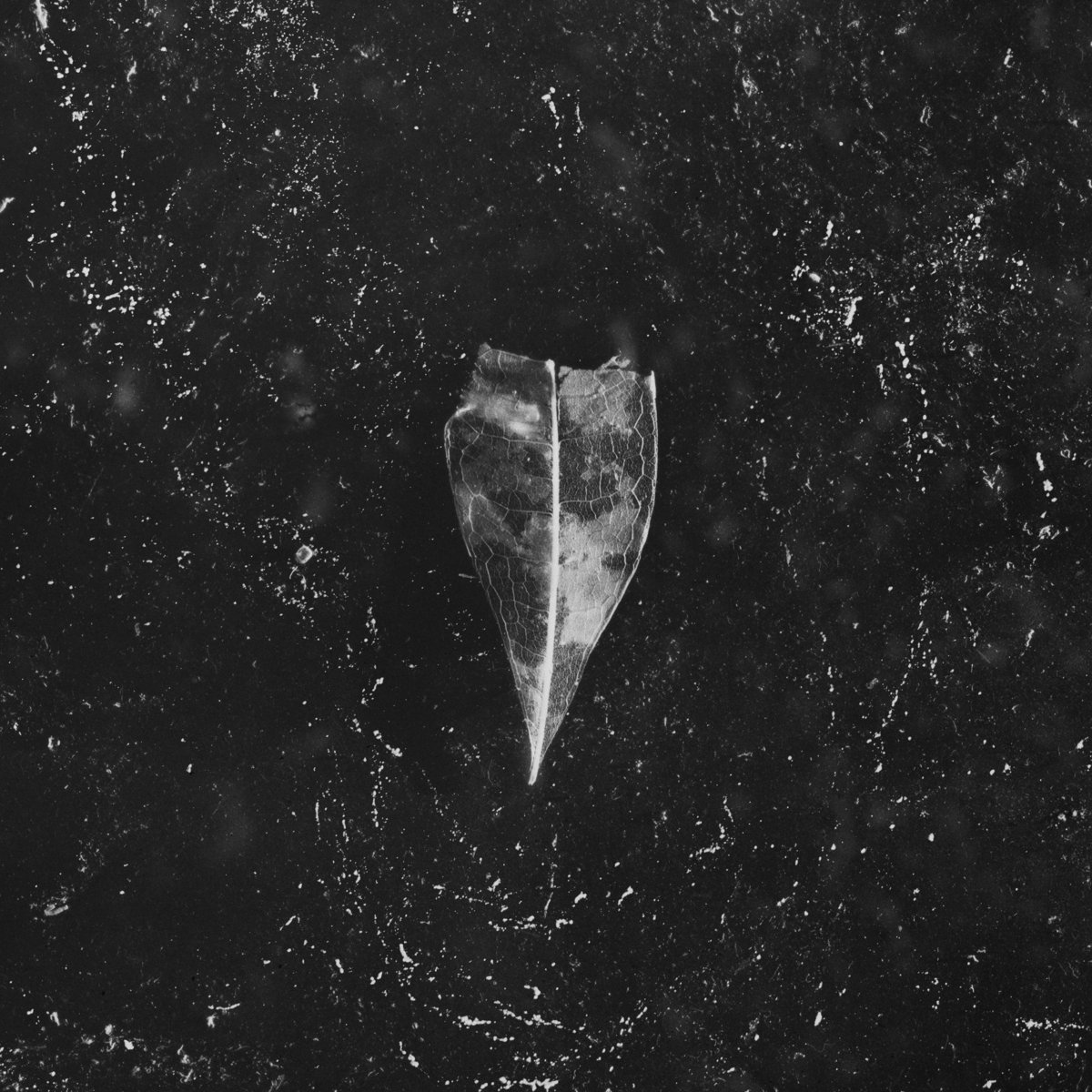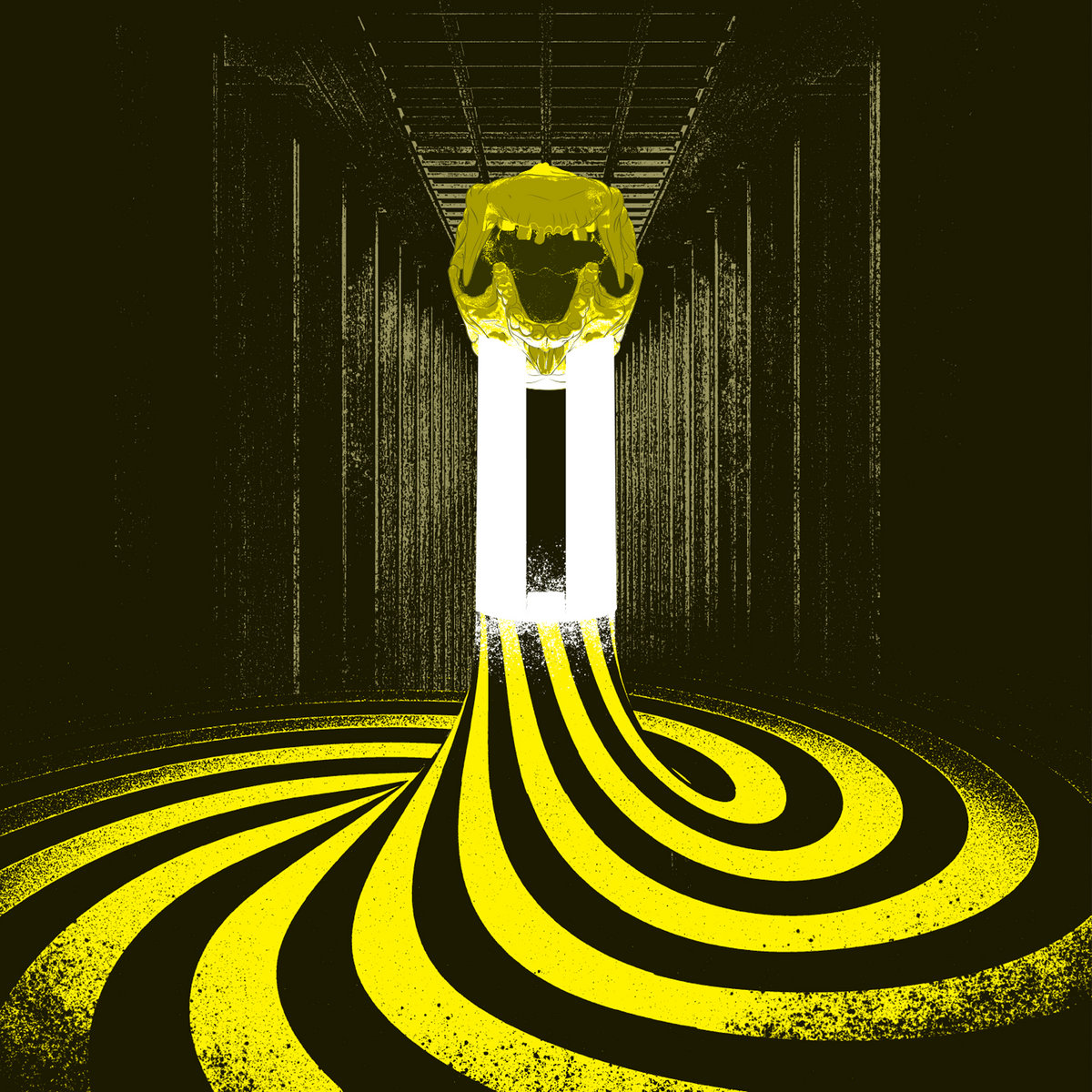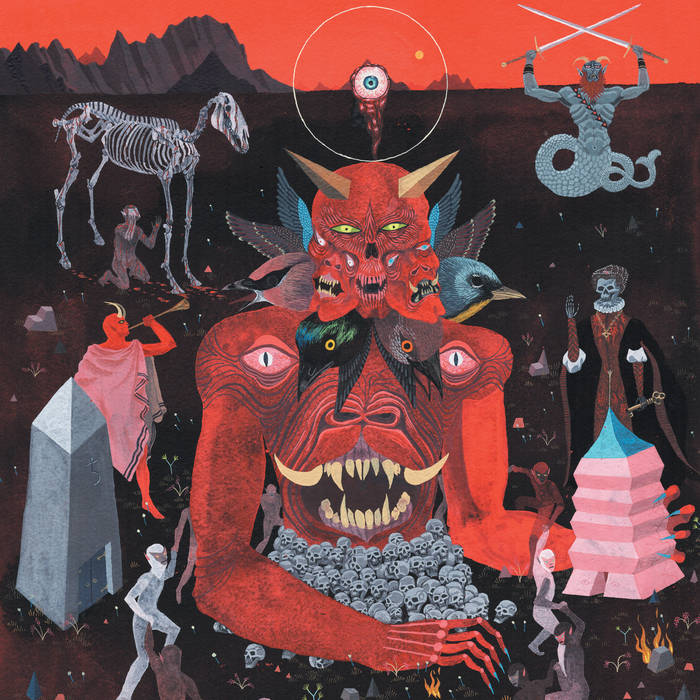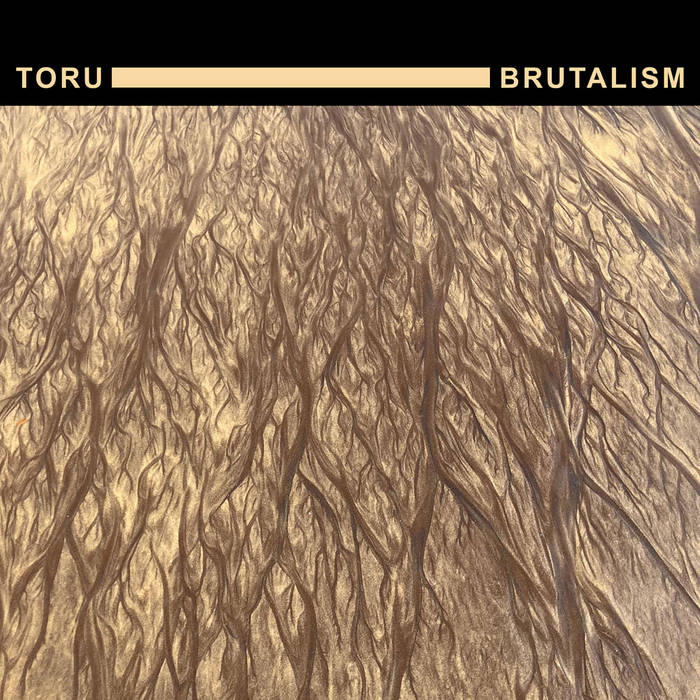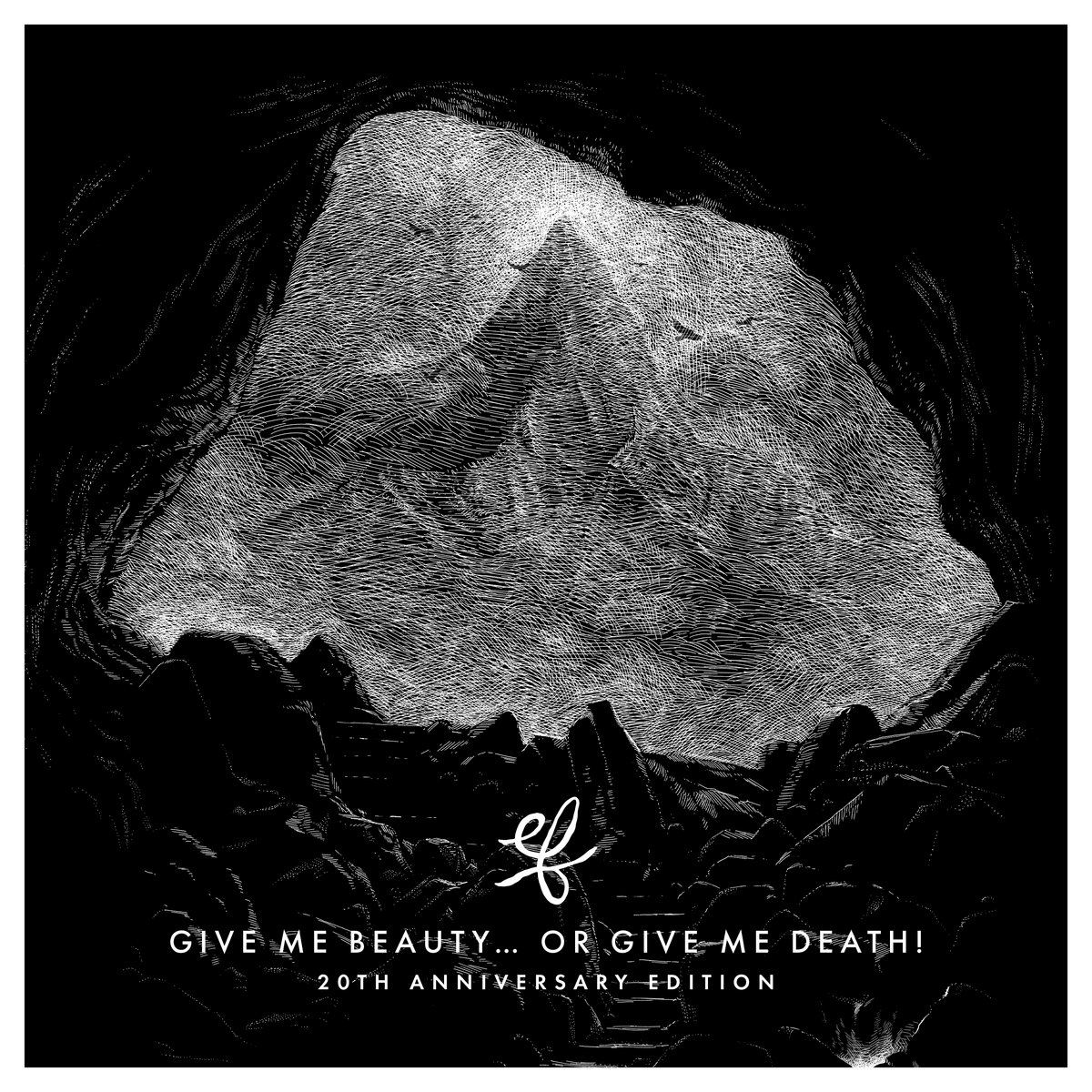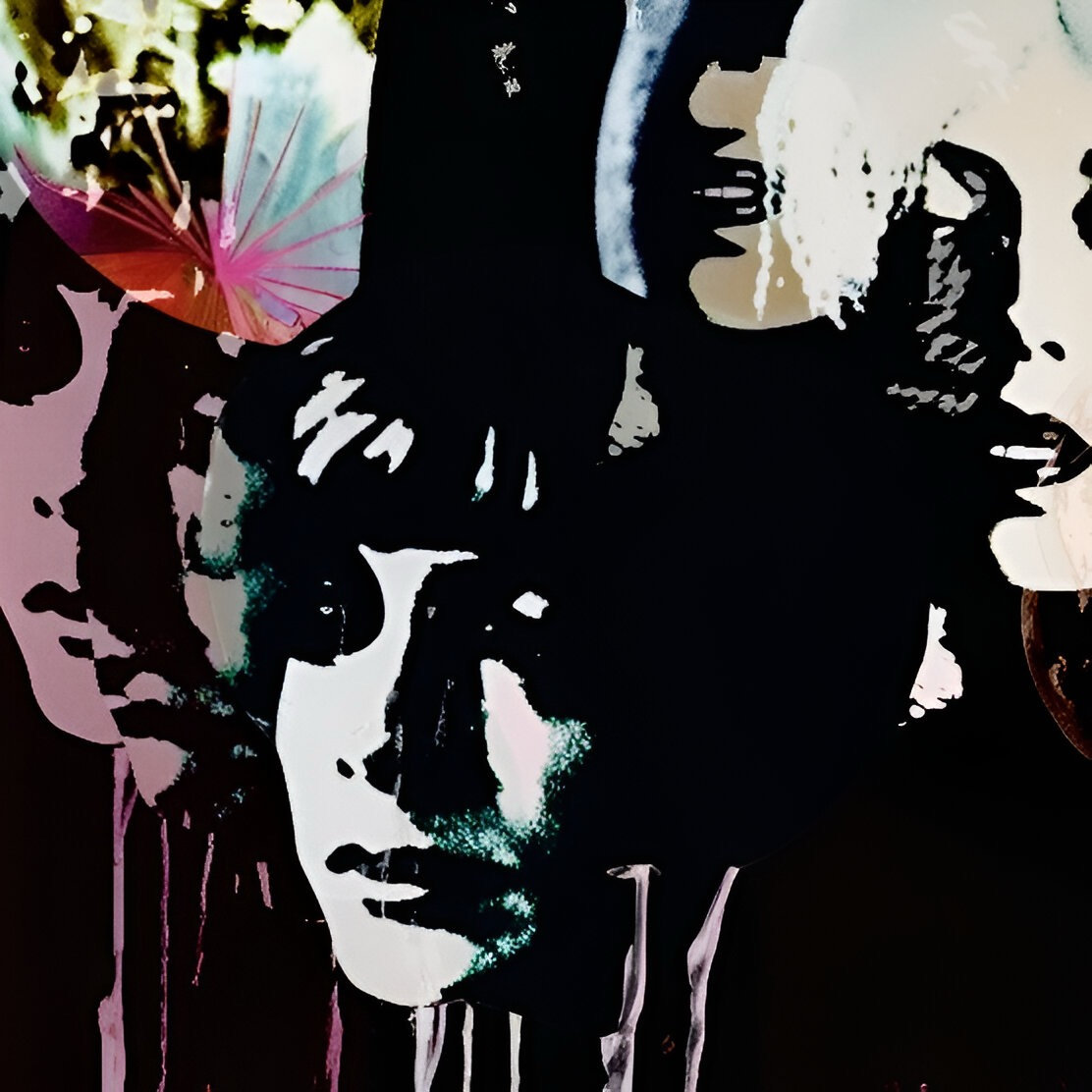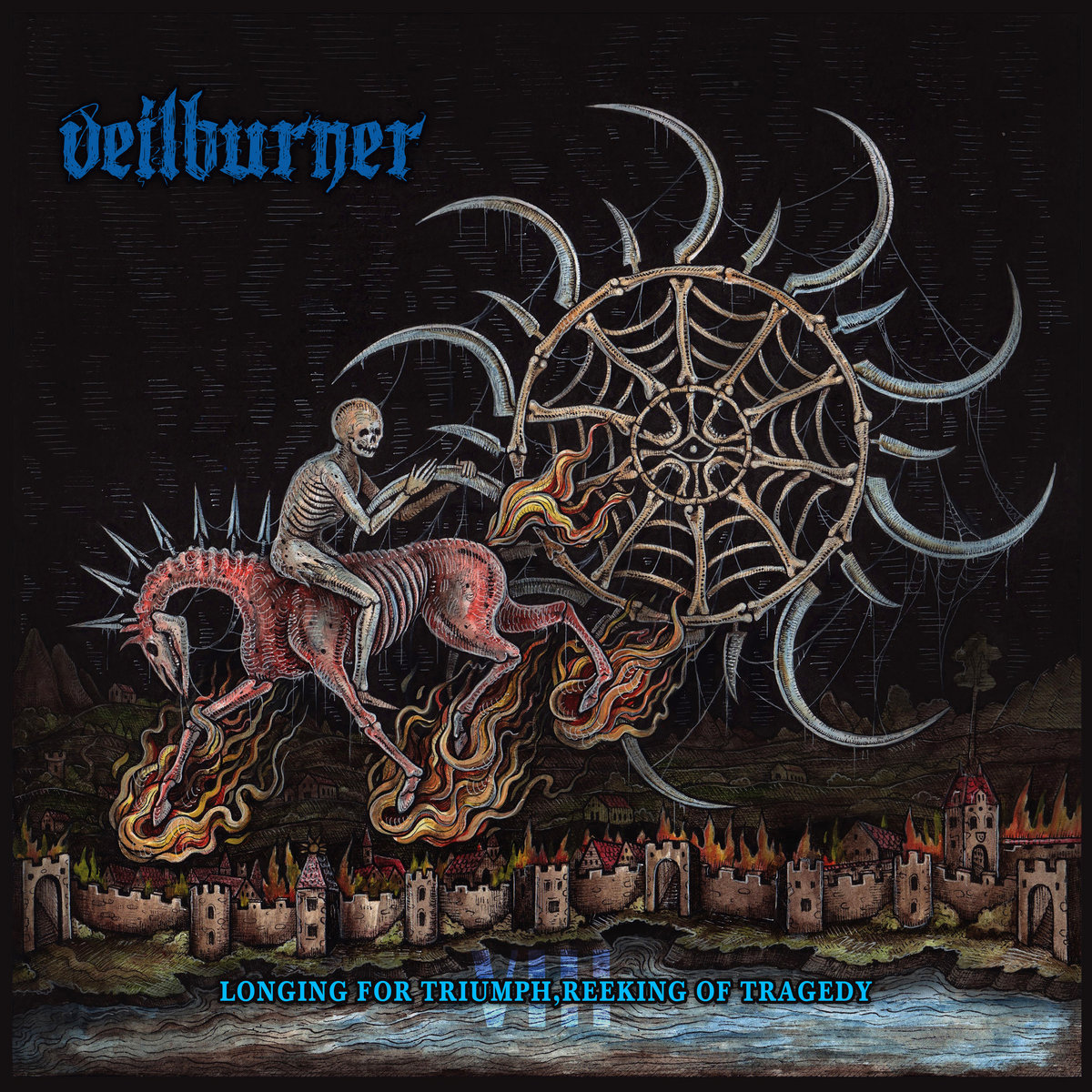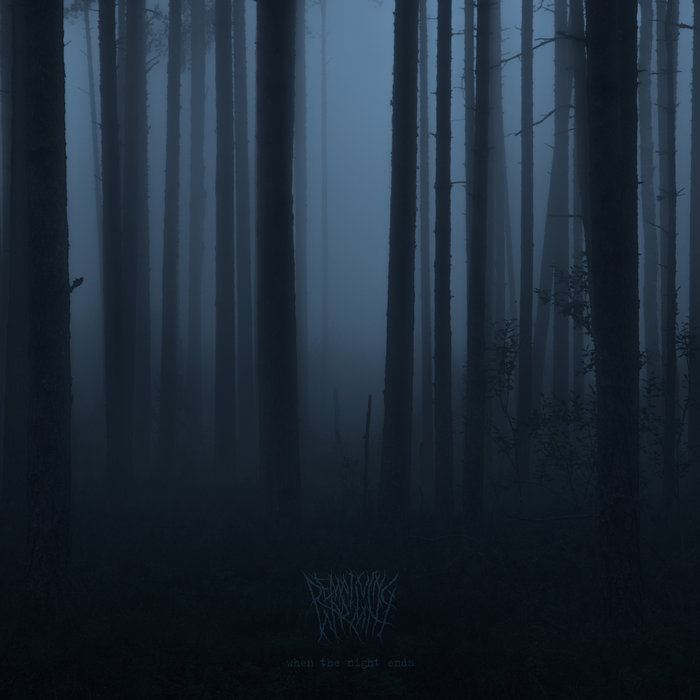When it comes to Metal with World Music influences there is always that thin red line (or razor’s edge, if you like) that the bands have to walk on. On the one side of the blade you will find Sepultura (and/or Soulfly) and on the other are bands like Ill Niño – you can decide for yourself which one is the good side. Now we get a new (symphonic) Blackened Death Metal band named Ershetu who perform on the Sepultura side of things and who have released their debut on Debemur Morti Productions. Really good stuff!
There are so many aspects of this record that are really mind-twisting. Let’s start with the concept behind the band: Ershetu are trying to establish one red thread flowing through all their records, this one and any following one.
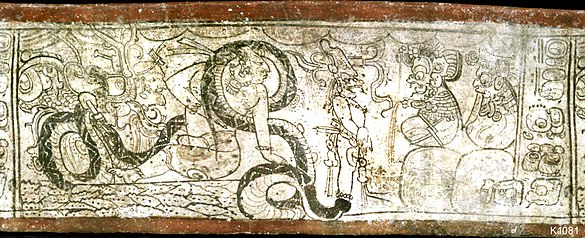
That thread is the idea to look at death and the allocated ideas and concepts to it from the perspective of various, sometimes long gone, civilizations – starting with their take on the Mayan perspective. Xibalba is connected to the Mayan notion of death and the gods judging the deceased – by the way the band’s name is taking from the Sumerian/Akkadian idea of the underworld which is even divided into classes with some of the higher-ranked deceased souls being soothed by music.
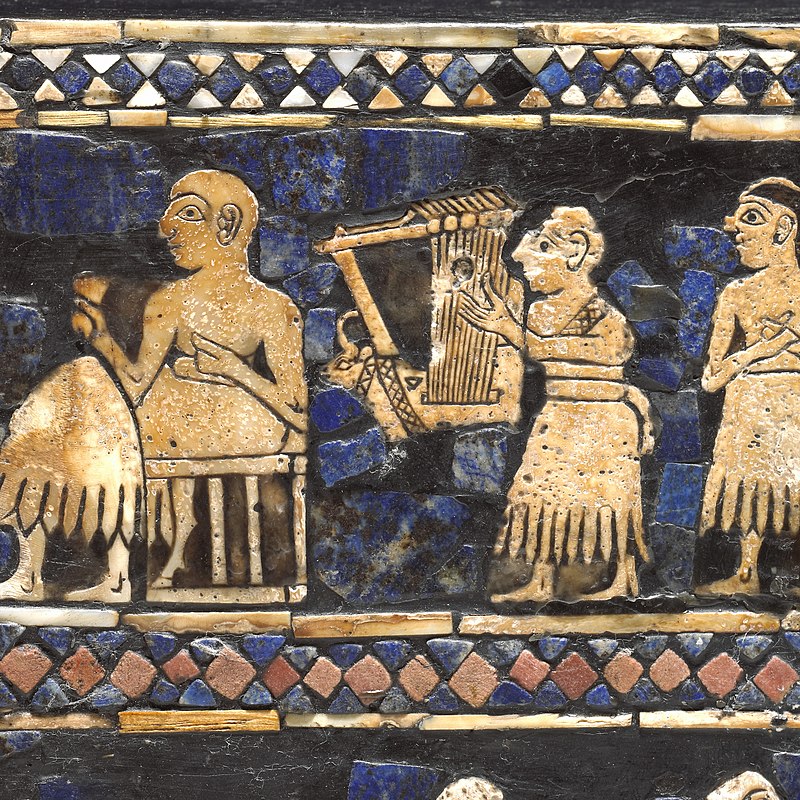
You see, the concept behind this band is really deep; the two founding members Void (responsible for the whole concept and lyrics) and Sacr (a composer by trade, who seems to have done quite some soundtracks) have gone all the way and connected the band’s idea with music from the respective culture or rather from the region where these cultures once lived. In this case it’s only logical that we hear many Mayan or rather Central American soundscapes, with some wind instruments typical for the region at large, like the syrinx and some string instruments but also some really well-done chants in the background, which sound very close to some of the chants we would associate with the region between Mexico and Colombia. The whole record is a trip through the soundscapes of that region and it might also be the soundtrack to a mighty powerful, somewhat aggressive film – remember Sacr’s connection to film music. Often it sounds like a crossover between Vangelis 1492 OST, the music to Apocalypto and – as mentioned above – Sepultura’s legendary Roots record for which they recorded many parts in the Amazon jungle of Brazil.
That the whole record doesn’t turn out to be like a try-out for a new, way too stereotypical movie about the Mayas can also be attributed to the other members of Ershetu, because these are also top-notch musicians: Vindsval is surely a household name for his trailblazing work for Avantgarde Black Metal entities Blut aus Nord and Forhist and the vocals are delivered by none other than Lars Nedland who is known for his work in Borknagar and Solefald. The fifth person involved is Intza Roca who contributed drums and percussion. This lineup gives us one of the most captivating and yes, cinematic Avantgarde Black Metal records of the year. In the broader context of things, this record is a prime example of how these two elements – World Music and Black Metal – can be combined: Listen to the first two tracks, the opener ”Enter the Palace of Masks” (“enter” …the realm of this record, huh?) and its chants, percussion and other elements typical for what we as Westerners associate with that region and culture and then the pre-released single ”From Corn to Dust” with its powerful Metal elements full of Black Metal blastbeats and heavy thunder from the guitars. Both tracks are divided by a short pause but then the music starts again with a lot of tumultuous riffs and drum parts even before the second track really starts – and yet all the elements you noticed in the first track, which probably pulled you in, all these can also be found in the second song. The record is wide-open in its sound, which is a very, very good thing as we are not being forced onto a ride through cliches but rather we are shown where to set afoot in order to balance ourselves – something which is very important for any record uniting soundscapes as different as these two here. Balance is key. There are a lot of highly melodic parts on this record, for example the synth passages on the third track ”The Place of Fright” where Lars’ vocals are also wonderfully clean and supporting the whole track.
World Music is not my thing. This record is. I can hardly wait which culture they will be looking at next, may I suggest one? How about the Kankana-ey living in the mountains of Northern Luzon in the Philippines – they “bury” their dead in caskets which are hung on the side of steep, nearly vertical mountain sides. Or the Toraya in Indonesia who seem to embalm their dead in order to keep them “alive”. Oh my, oh my…this band could go on a run of multiple dozens. If each of their records is as good as this one – man then they’re gonna be big.
(* The Akkadian culture is similar to the Sumerian one in language, setting and customs)



